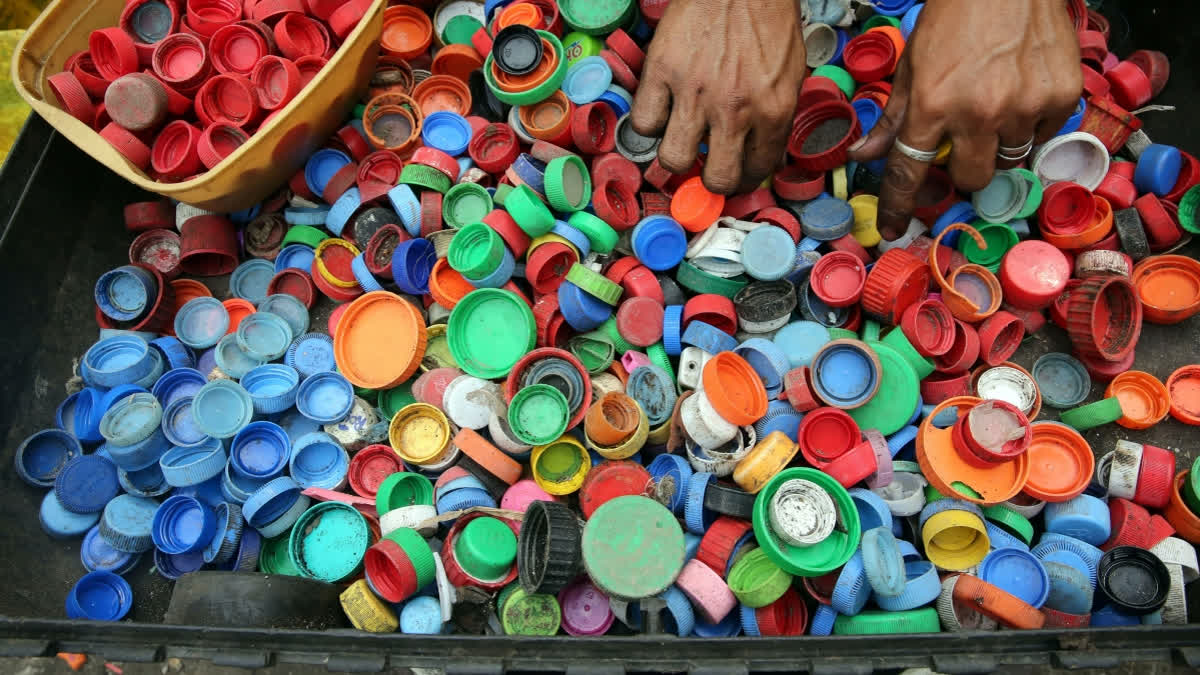Portsmouth (UK): Recycling was once considered the obvious solution to the excessive amount of new (or virgin) plastic produced each year. This is no longer realistic. Global recycling capacity simply cannot keep up with the taking, making and wasting of natural resources. Growing mountains of plastic waste are accumulating in the poorest countries as affluent nations such as the UK ship their recycling overseas. But some nations are importing far more plastic waste than they can possibly recycle.
The recycling process itself also creates problems. A new report by Greenpeace and the International Pollutants Elimination Network has revealed how plastics which are made with or come into contact with toxic chemicals, such as flame retardants, can contaminate the recycling process by spreading these toxins through subsequent batches of plastic waste.
Another recent study showed that recycling facilities can release hundreds of tonnes of microplastics into the environment each year. Only 6-9 per cent of all plastic ever produced has been sent for recycling. Although plastic and other waste is collected for recycling in most countries, the amount of material that is remade into the same or similar products (what is called closed-loop recycling) is extremely low.
Only 2 per cent of plastic waste is recycled in a closed loop and not turned into something of lower quality, which is called downcycling. Recycling can not fully replace virgin material as it can only be recycled twice before losing necessary properties, and so most recycling results in a downgraded material that cannot be used for the same purpose. A more sustainable approach would prioritise preventing plastic waste by taking action at earlier stages of a plastic product's lifecycle: reducing how much plastic is ultimately made, reusing what exists and replacing plastic with alternative materials where appropriate.
Reduce:Manufacturers must stop making so much unnecessary plastic to reduce the amount entering the economy. There is no case for making plastics that are impossible to collect, reuse or recycle, or are toxic. Yet they are abundant: think multi-layered sachets, thin films and wrappers. These should be phased out as a priority.
Global caps on plastic production could restrict its use to reusable products and packaging, reducing the pressure on recycling systems. You can refuse single-use packaging when shopping if alternatives are available and affordable. Choose loose vegetables, or products wrapped in packaging that can be refilled.
Reuse:Using the plastic you already have for as long as possible reduces the amount of new products and packaging that need to be made and how much waste is ultimately sent for recycling. Roughly 250 billion single-use coffee cups are used worldwide every year a figure that could be slashed by governments setting national mandates for reusable cups and bottles. This might involve shops, cafes and other venues providing reusable packaging for any products they sell and ensuring each one is used, tracked, washed, returned and replenished for the next consumer cycle.
